Rubber Lined Piping
Since our founding, almost 20 years ago, our company has become known for our excellence in the fabrication of steel – carbon, stainless, chrome and alloy – piping.
In many instances, our customers require exterior painting or another corrosive protective coating. But what may not be so well known is our ability to supply a somewhat forgotten product, Rubber Lined Piping.
Rubber lined piping has been used by our AQCS customers in Flue Gas Desulfurization and Wet Lime Scrubbing systems. But there are many other applications where rubber lining can provide a very cost effective solution where either corrosion or erosion is an issue.
We hope you enjoy our article regarding this unique and often overlooked capability in our toolbox.
____________________________________________________________________________________________________________
Carbon steel piping is essential in dealing with both temperature and pressure but requires some assistance in combating corrosion and erosion. In many process industries, many chemical engineers will turn to stainless steel or another alloy as a replacement for carbon steel when either of these considerations is present.
However, in many instances, there is another cost-effective solution in the fight – “rubber lined piping”. Rubber lined piping combines the strength and mechanical properties of steel with the corrosion and erosion-resistant properties of rubber, reducing the costs associated with upgrading to stainless and alloy materials. Rubber lining of pipe provides a very practical, cost-effective solution.
When fluid streams possess a high solids content or aggressive chemical makeup, rubber lined steel pipe has traditionally been a very effective solution. Some of the principal industries where rubber lining of pipe, tanks and other equipment is used include:
- Power Generation: Flue Gas Desulfurization (FGD) & Wet Lime Scrubbing
- Saltwater Cooling Systems
- Chemical: Acids & Alkalis; hydrochloric acid and sodium hydroxide
- Water/Wastewater/Sewer
- Mining: Abrasive Slurries
Because rubber is very susceptible to property changes under high temperatures, it is imperative that the rubber lining be accomplished once the spool piece is fabricated. As the internal surface of the pipe to be rubber lined must be accessible, it is recommended that the rubber lining be done on 2” NPS pipe and above, with flanged connections.
There are two types of rubber linings, natural rubber and synthetic rubber, and the type of rubber used depends upon the purpose and application of the rubber lining. Natural rubber includes “Soft Rubber Linings” and “Hard Rubber Linings”. Natural Soft Rubber Linings have attributes such as low hardness, high resilience and flexibility and are used in slurry tank, pipe and pump linings. Hard Rubber Linings are made from poly hard rubber, with excellent chemical and high impact resistance and are used in storage tanks and pipes operating at high temperatures.
Synthetic rubbers include:
- Chloprene Rubber Linings: Oil, acid and abrasion resistant
- Butyl Rubber Linings: Excellent chemical resistance at high temperatures
- Chlorobutyl Rubber Linings: Heat and cold resistance, as well as rapid temperature changes
- Hypalon Rubber Linings: Superb chemical resistance to oxidizing acids
- EPDN: High tensile strength with excellent resistance to punctures
Depending upon the application, rubber linings have been used for years in piping systems, OEM equipment, tanks and other industrial applications. Since our founding in 2002, Dixie Mechanical has provided rubber lined flanged piping to many of our customers. Call us to learn more.
To learn more about who Dixie is, visit our About page.
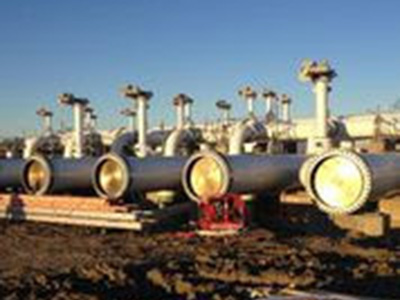
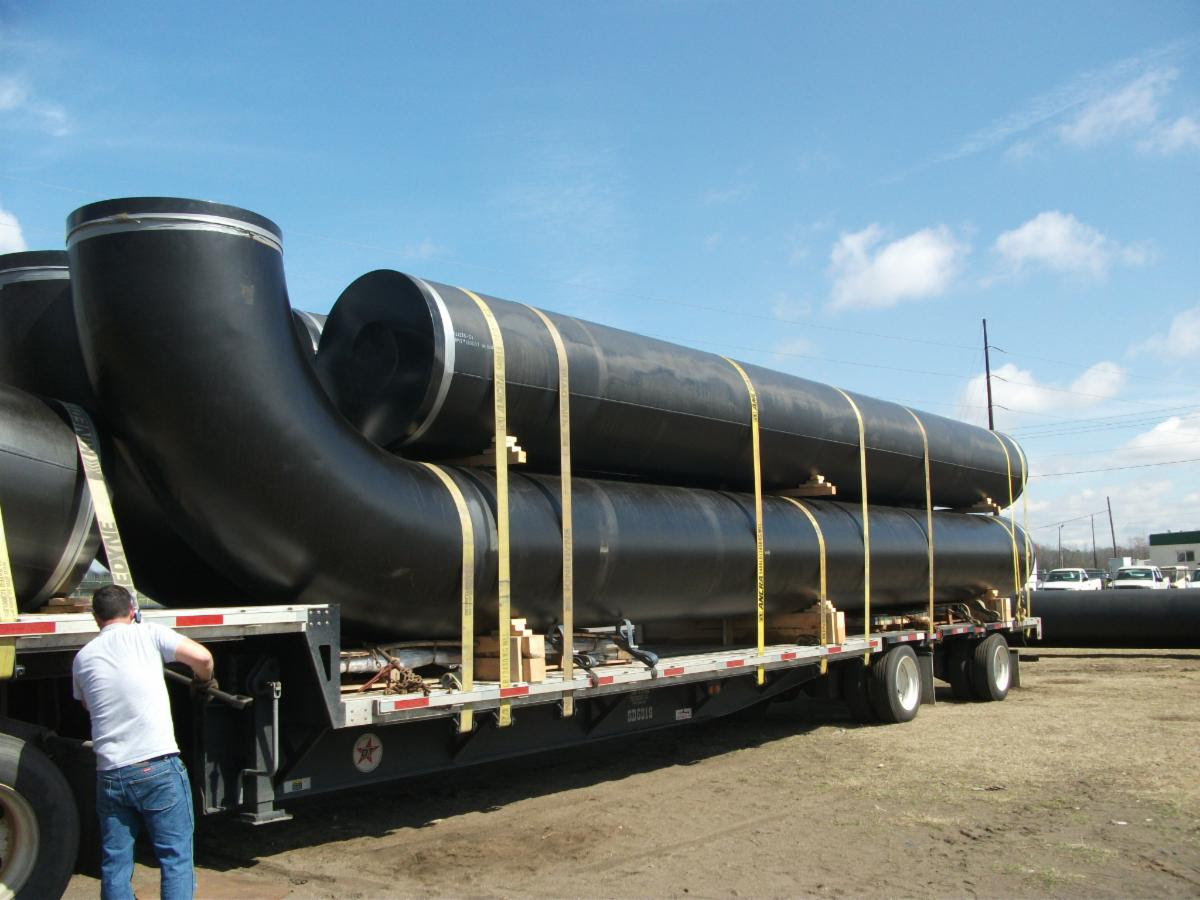
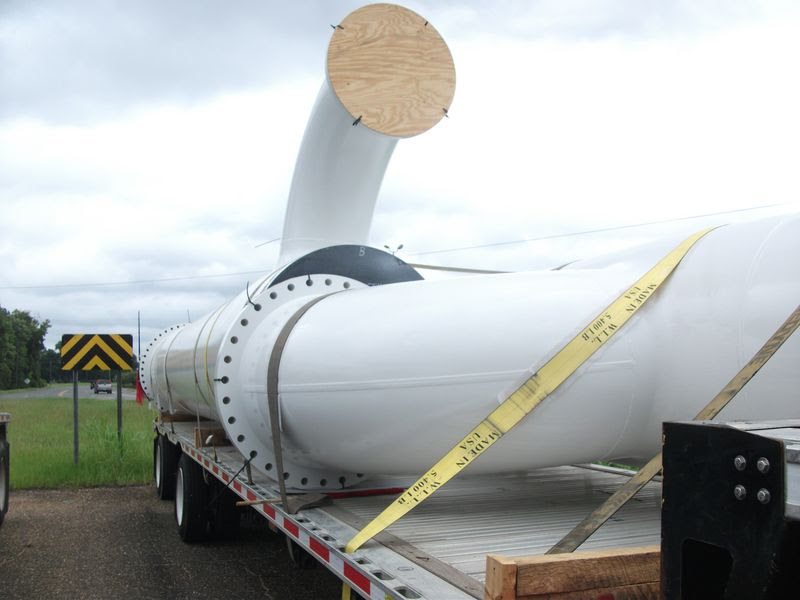
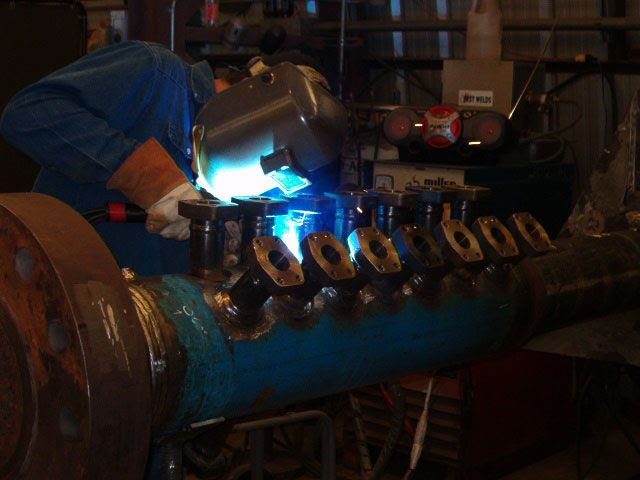
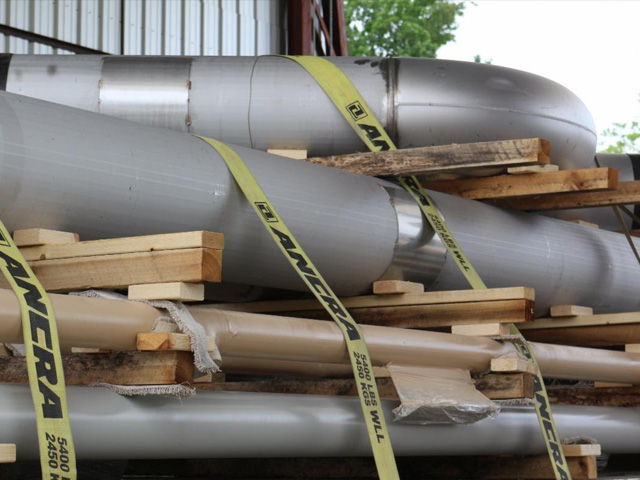


Stay Connected